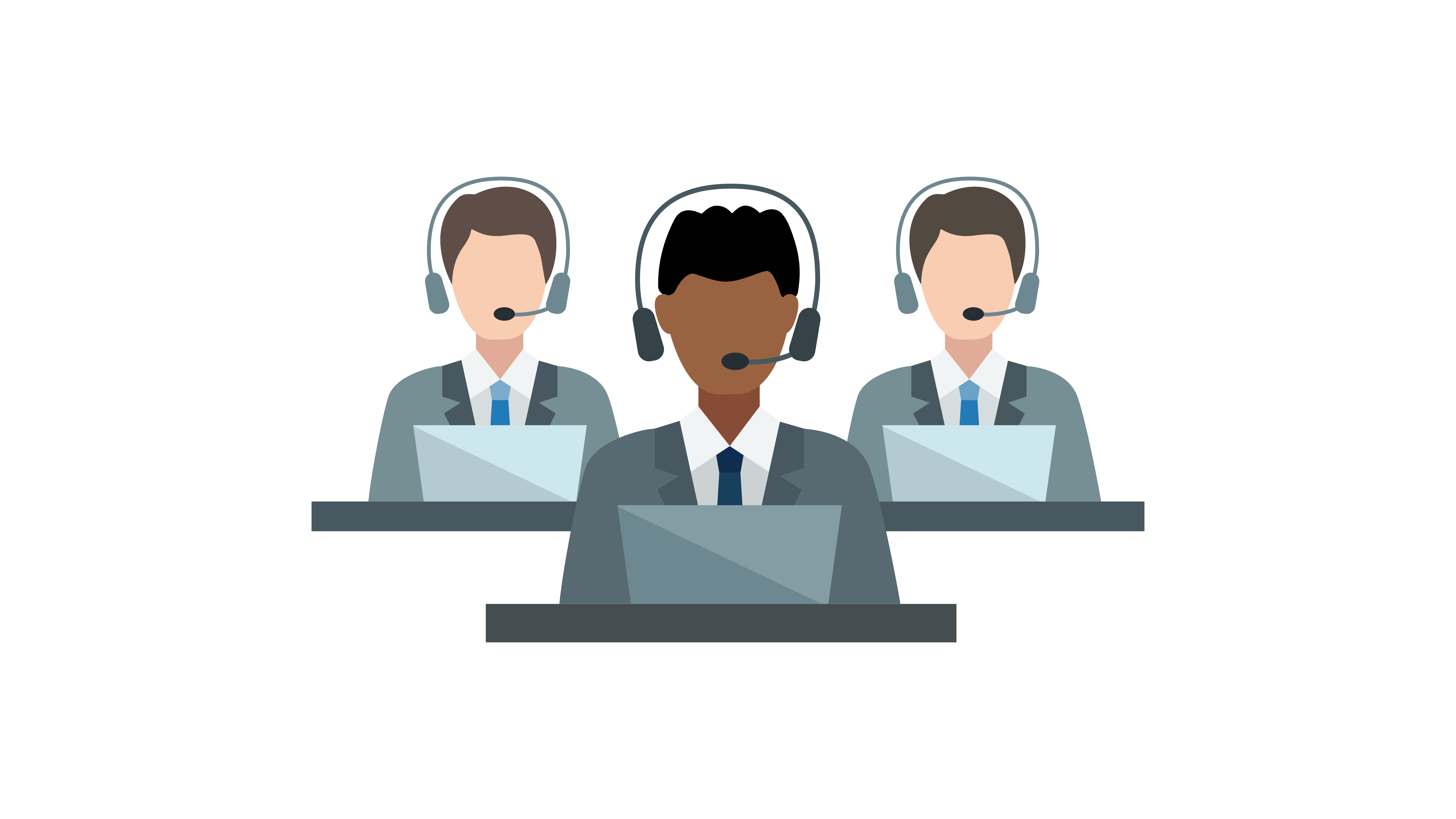All Categories
Featured
Modern businesses need an centralized location for Customer Data Platforms (CDPs). This is an essential tool. These applications provide an enhanced and more comprehensive overview of customers' preferences that can be used to improve marketing strategies and personalize customers' experiences. CDPs have a range of functions such as data governance, data quality , and formatting. This allows customers to be compliant in how they are stored, used, and access. A CDP helps companies interact with their customers and put them at the center of their marketing efforts. It also allows you to pull data from various APIs. This article will look at the different aspects of CDPs and the ways they can benefit organizations.
cdp define
Understanding CDPs: A customer data platform (CDP) is a piece of software which allows companies to gather information, manage, and store data about customers in one central data center. This allows for more complete and accurate view of the customer, which can be used to target marketing and personalized customer experiences.
-
Data Governance: One of the key characteristics of a CDP is its capacity to categorize, protect, and manage information that is being added to. This involves profiling, division and cleansing of incoming data. This ensures compliance with data laws and regulations.
-
Data Quality: Another important aspect of CDPs is ensuring that the data that is taken is of top quality. This involves ensuring that the data has been properly entered and meets desired quality standards. This eliminates the need for storage, transformation, and cleaning.
-
Data formatting is a CDP can also ensure that data is entered in a specified format. This permits data types such as dates to be identified across customer information and helps ensure consistency and logic in data entry. cdp customer data platform
-
Data Segmentation The CDP allows you to segment customer data in order to better understand your customers. This lets you examine different groups against one another , and to get the most appropriate sample distribution.
-
Compliance: A CDP allows organizations to handle the information of customers in a legal manner. It allows the creation of safe policies, classification of information based on those policies, and even the detection of policy infractions when making decisions regarding marketing.
-
Platform Selection: There is an array of CDPs, so it is essential to understand your requirements before selecting the most suitable one. Consider features like data privacy as well as the capability of pulling data from different APIs. cdp meaning
-
The Customer at the Heart of Everything Making the Customer the Main Focus CDP allows the integration of raw, real-time customer information, giving the speed, accuracy and unison that every marketing team requires to streamline their operations and get their customers involved.
-
Chat Billing, Chat, and More: With the help of a CDP it's easy to get the context you require to have a productive discussion, regardless of the previous chats, billing, or more.
-
CMOs and CMOs and Data CMOs and Big Data CMO Council 61 percent of CMOs feel they're not using big data effectively. A CDP can assist in overcoming this issue by giving an all-encompassing view of the customer and allowing for more effective utilization of data for marketing as well as customer engagement.
With many various types of marketing innovation out there every one normally with its own three-letter acronym you might wonder where CDPs originate from. Although CDPs are amongst today's most popular marketing tools, they're not an entirely originality. Instead, they're the current action in the evolution of how online marketers handle client data and client relationships (Customer Data Platform).

For the majority of marketers, the single greatest worth of a CDP is its capability to segment audiences. With the capabilities of a CDP, marketers can see how a single client engages with their business's different brand names, and determine chances for increased personalization and cross-selling. Of course, there's far more to a CDP than division.
Beyond audience segmentation, there are 3 huge reasons that your business might desire a CDP: suppression, personalization, and insights. Among the most interesting things marketers can do with data is recognize consumers to not target. This is called suppression, and it's part of providing really customized customer journeys (What is a Cdp). When a client's combined profile in your CDP includes their marketing and purchase information, you can reduce advertisements to consumers who have actually already made a purchase.

With a view of every customer's marketing interactions linked to ecommerce information, website sees, and more, everybody throughout marketing, sales, service, and all your other teams has the chance to understand more about each consumer and deliver more tailored, appropriate engagement. CDPs can assist online marketers deal with the source of a lot of their greatest everyday marketing issues (Cdp Customer Data Platform).
When your data is detached, it's more difficult to comprehend your clients and create significant connections with them. As the number of data sources utilized by marketers continues to increase, it's more essential than ever to have a CDP as a single source of reality to bring it all together.
An engagement CDP utilizes client data to power real-time personalization and engagement for clients on digital platforms, such as sites and mobile apps. Insights CDPs and engagement CDPs make up most of the CDP market today. Very few CDPs consist of both of these functions similarly. To select a CDP, your business's stakeholders ought to think about whether an insights CDP or an engagement CDP would be best for your requirements, and research study the few CDP choices that include both. Cdps.
Redpoint GlobalLatest Posts
The Role of CDPs in Combining Data from Multiple Sources
The Role of CDPs in Reducing Additional Expenses for Cleaning and Storage
How CDPs Can Help Organizations Engage their Customers